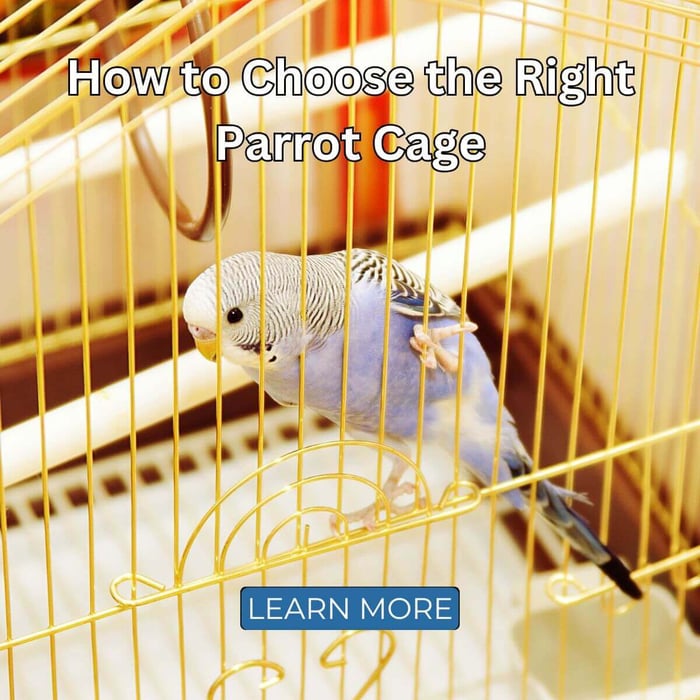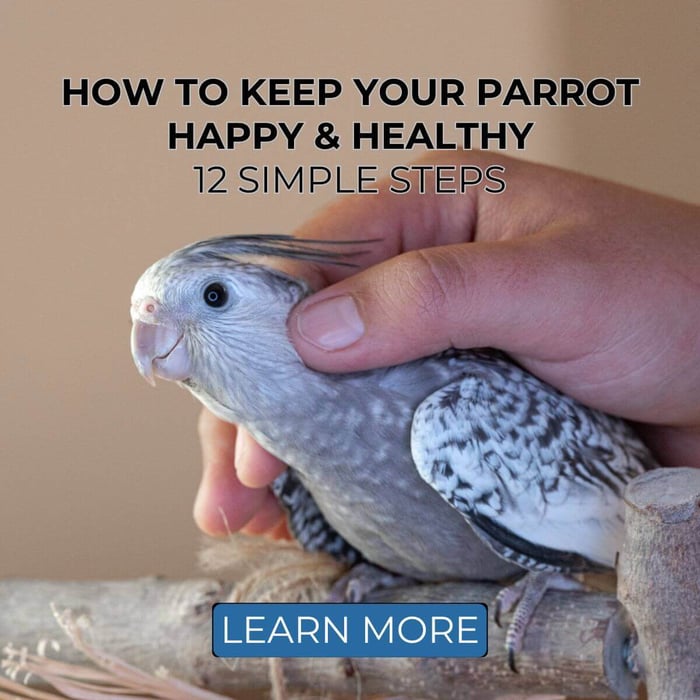How to Get Your Parrot to Play with Toys
If you've ever wondered how to get your parrot to play with toys, you're not alone. Many parrot owners face the challenge of getting their birds to engage with new toys. Parrots can be cautious around unfamiliar objects, and new toys often trigger fear or reluctance. But with the right techniques, you can encourage your parrot to interact confidently with toys, making playtime more enjoyable and enriching for both of you.
Barbara Heidenreich, a professional animal trainer, shares practical strategies to help you get your parrot to play with toys. These techniques are based on positive reinforcement, a powerful tool for teaching parrots to embrace new experiences. Let's explore her approach to making toys an exciting part of your parrot's daily routine.
The Challenge of New Toys
When introducing a new toy to your parrot, it's important to remember that birds often show hesitancy toward unfamiliar items. A new toy can seem like a potential threat, making your parrot wary or frightened. As a result, your bird might avoid the toy despite its playful purpose. How to get your parrot to play with toys starts with understanding this natural reaction and using patience to guide your bird through the process of exploration.
Step 1: Systematic Desensitisation
The first technique Barbara recommends is systematic desensitisation, a gradual process that helps your parrot become comfortable with new toys. Here's how to approach this:
- Place the Toy at a Distance: Start by positioning the toy where your parrot can see it but not interact with it right away. The goal is to introduce the toy without overwhelming the bird.
- Move the Toy Closer: Over time, slowly move the toy closer to your parrot's cage. Ensure that your bird remains calm and relaxed. If your parrot shows signs of stress, take a step back and allow more time for adjustment.
- Hang the Toy Outside the Cage: Once your parrot is comfortable with the toy's presence, hang it outside the cage. Gradually move it higher as your bird becomes more at ease with its proximity.
- Move the Toy Inside: When your parrot is relaxed around the toy outside the cage, bring it inside, but place it away from food, water, and preferred perches. This ensures your bird's basic needs aren't disrupted as it adjusts to the new item.
By gradually introducing the toy, your parrot learns to associate it with positive, non-threatening experiences.
Step 2: Using Positive Reinforcement
Once your parrot feels comfortable with the toy's presence, it's time to use positive reinforcement to encourage play. Positive reinforcement strengthens the bond between you and your bird while making toys more enticing.
- Target Training: Using a target stick can encourage your parrot to move toward the toy. By rewarding the bird for approaching the target, you help it associate the toy with something positive.
- Reward Proximity: Place your parrot's favourite treats near the toy. This will motivate the bird to approach and explore the toy, linking it with enjoyable experiences.
- Shaping Behaviour: Shaping involves reinforcing small steps toward the desired behaviour. Start by rewarding your parrot for merely looking at the toy. Gradually reinforce the bird by moving closer to it and then touching or playing with the toy. Each small step gets rewarded, building your parrot's confidence.
Step 3: Repetition and Consistency
Getting your parrot to play with toys takes time and patience. Consistent practice is essential for success. The more often you reinforce positive behaviours, the more likely your parrot will start to interact with the toy regularly.
Repeat the desensitisation and reinforcement steps daily. Even if your parrot takes time to engage with the toy, be patient and consistent. Over time, your parrot will build trust and feel more comfortable playing with new toys.
Step 4: Troubleshooting Resistance
If your parrot continues to resist the toy, there are a few strategies you can try:
- Experiment with Different Toys: Not all toys are created equal. Some parrots are more drawn to toys that make noise, have various textures, or offer a challenge. Try introducing a range of toys to see which ones capture your bird's attention.
- Play Together: Sometimes, parrots are more likely to play with toys if they see their human companion enjoying them. Play with the toy in front of your parrot, showing excitement and engagement. This can encourage your bird to explore the toy.
- Avoid Overwhelming: Introduce one toy at a time, and don't overwhelm your parrot with too many choices. Let your bird focus on a single toy until it becomes comfortable before adding new items.
Step 5: Building Confidence Through Positive Play
As your parrot starts to explore and engage with toys, it’s crucial to actively reinforce their positive behaviour. Every time your bird interacts with a toy - whether it’s curiously looking at it, nudging it, or playing with it - make sure to reward them promptly with a treat or energetic praise. This could be a small piece of their favourite fruit or a special treat that they don’t get every day.
Additionally, use a cheerful and encouraging tone to praise your parrot, as your enthusiasm can boost their confidence. Over time, this positive reinforcement helps your parrot associate toys with fun and rewards, transforming their perspective so they view toys as enjoyable companions rather than sources of fear or uncertainty.
Conclusion
How to get your parrot to play with toys doesn't require magic – it's all about patience, understanding, and positive reinforcement. By using gradual desensitisation, reinforcing small steps, and making toys a positive experience, you can help your parrot become comfortable and excited about interacting with new toys.
Every parrot is different, so some may take longer than others to warm up to toys. With consistent practice, however, you can create a fun and enriching environment that encourages play and mental stimulation for your parrot. Through these methods, you'll not only help your bird enjoy toys but also strengthen your bond, making playtime a rewarding experience for both of you.
Remember, getting your parrot to play with toys is a journey, but with patience and the right techniques, your bird will soon be eager to explore new toys in its cage or playstand.
Source: www.GoodBirdInc.com




